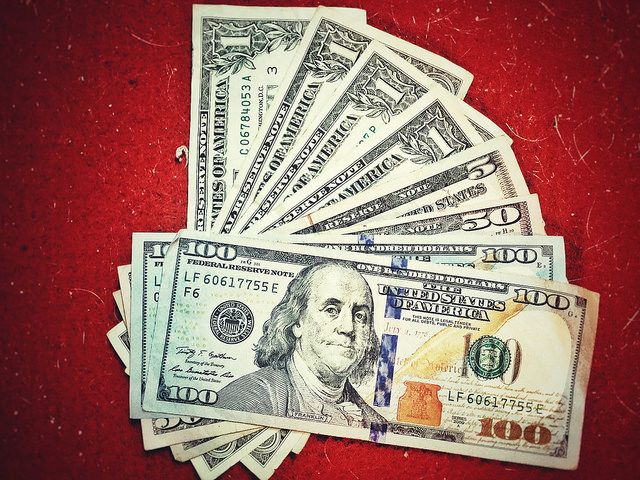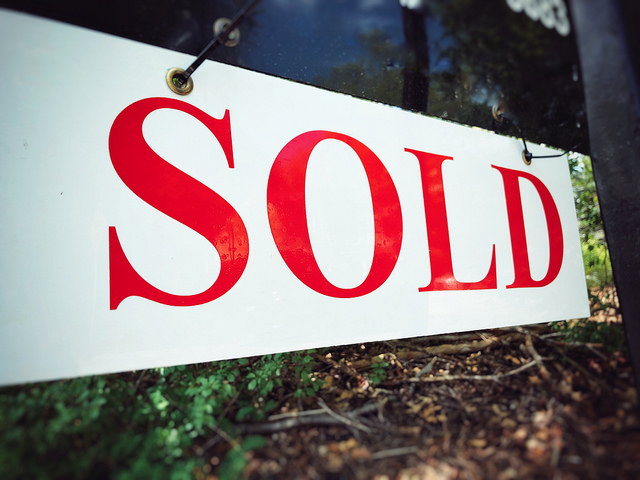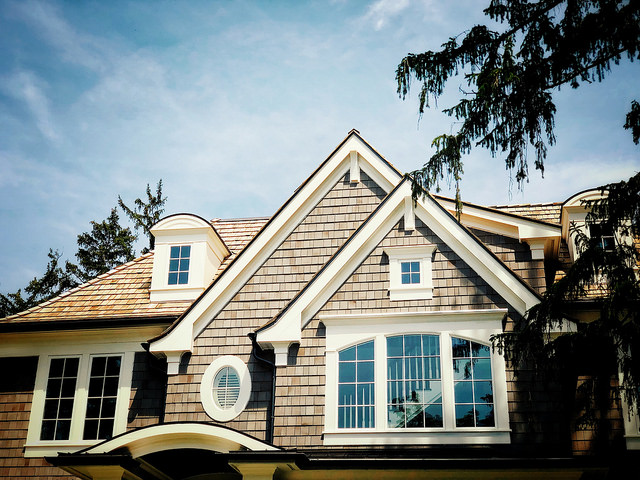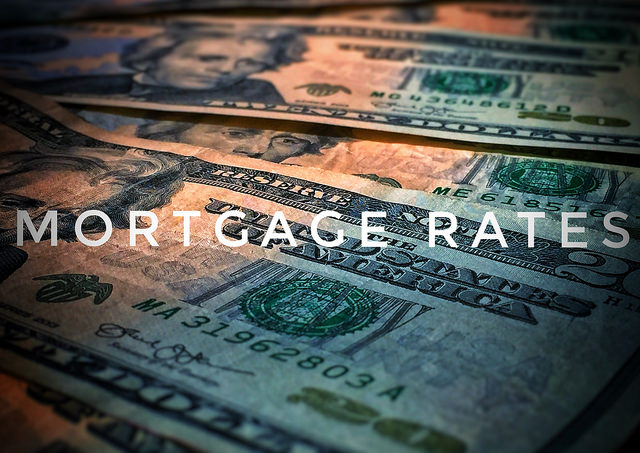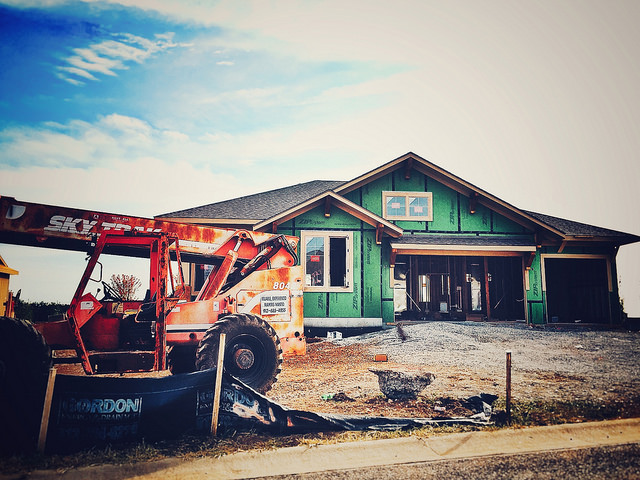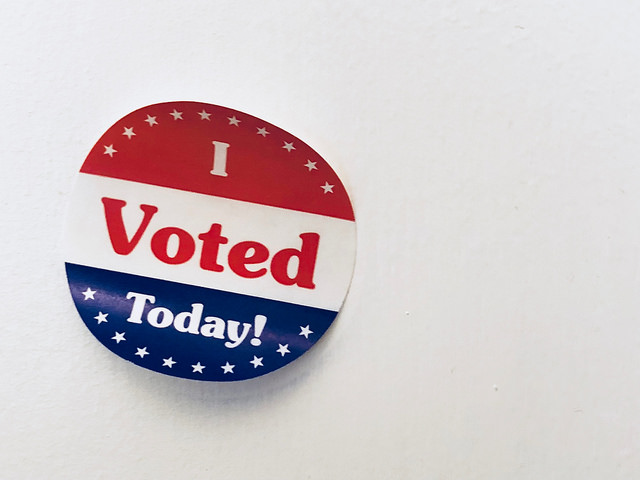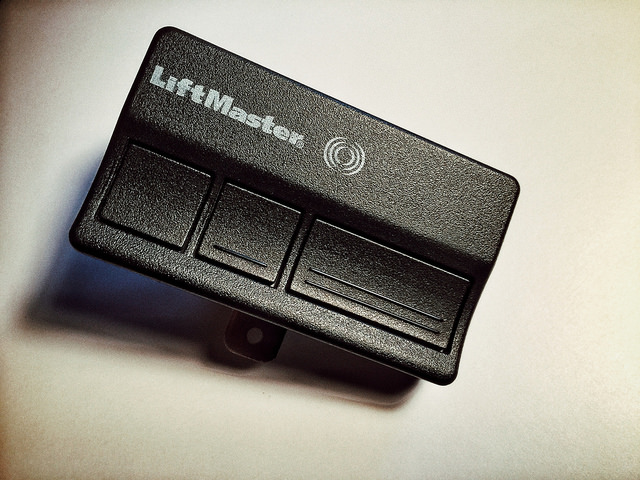According to the Mortgage Bankers Association’s Weekly Applications Survey, average mortgage rates increased last week across all loan categories. Rates were up for 30-year fixed-rate loans with both conforming and jumbo balances, loans backed by the Federal Housing Administration, and 15-year fixed-rate loans. Joel Kan, an MBA economist, told CNBC higher rates are the result of improved economic data. “Treasury rates increased 10 basis points last week, driven largely by favorable news on retail sales data and industrial production in April, which more than offset data showing still-slow new residential construction,†Kan said. In short, the more the economy improves, the more likely it is that mortgage rates will continue to climb. But though mortgage rates were higher last week, demand for loans to buy homes still edged above last year’s level, with the purchase index 3 percent higher than the same week last year. The refinance, index, on the other hand, fell 4 percent and is now at its lowest level since 2000. The MBA’s weekly survey has been conducted since 1990 and covers 75 percent of all retail residential mortgage applications. More here.




